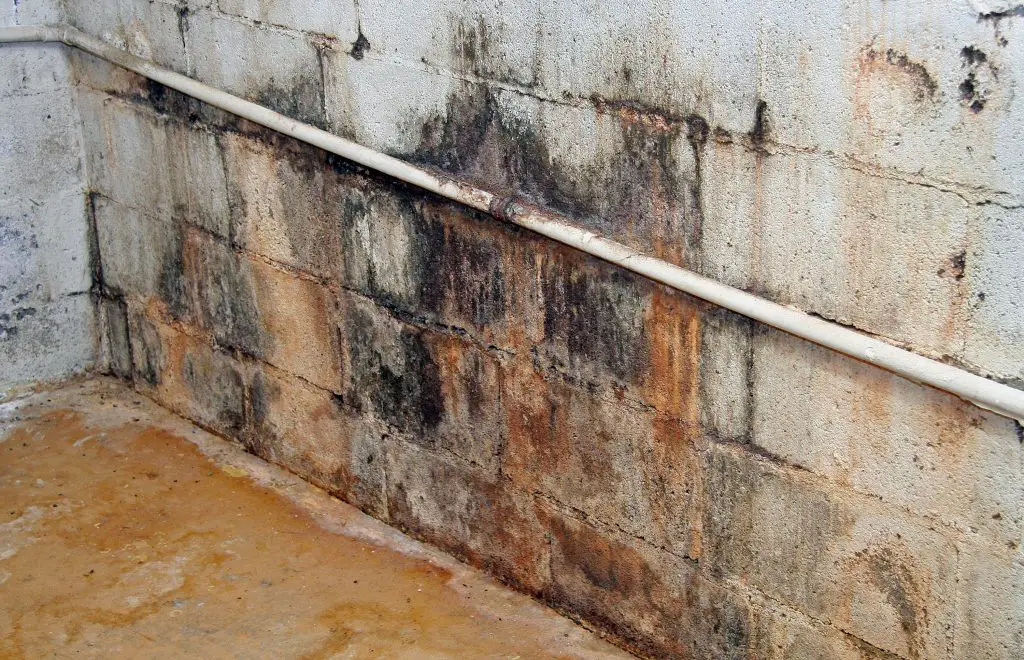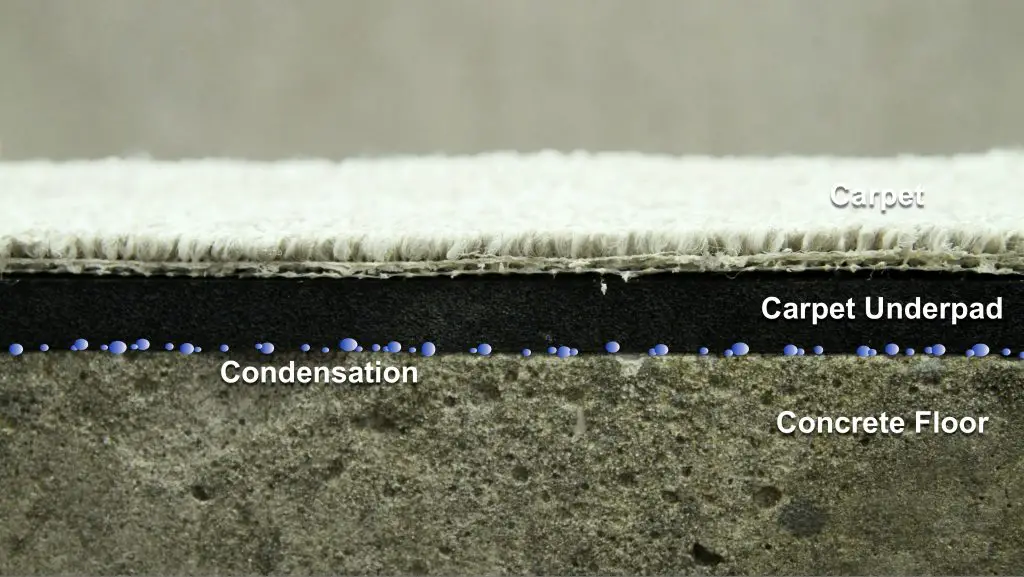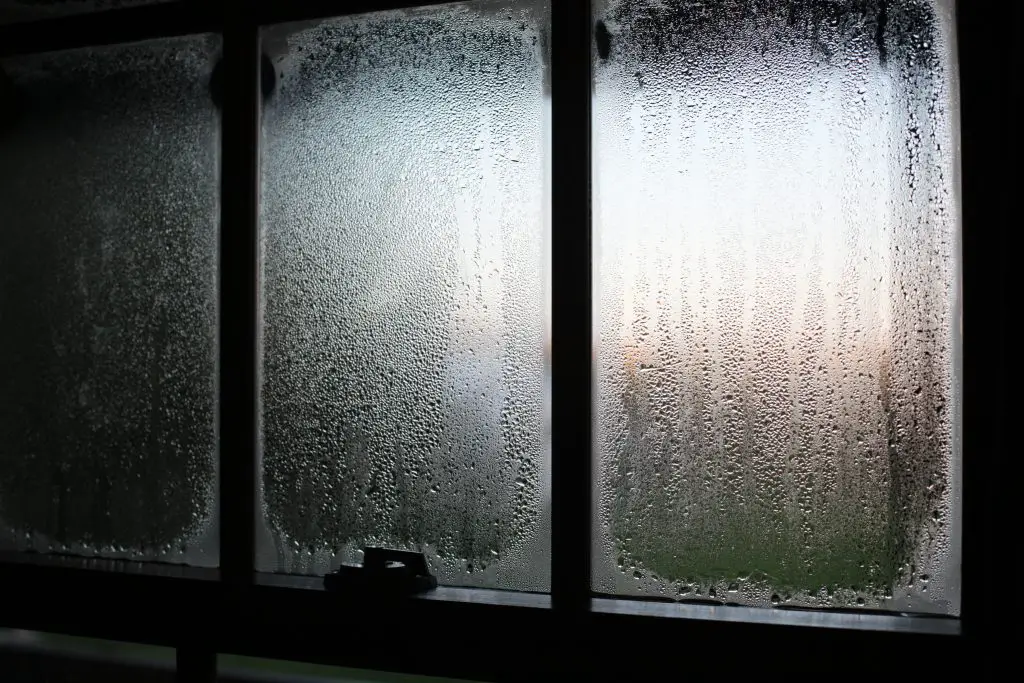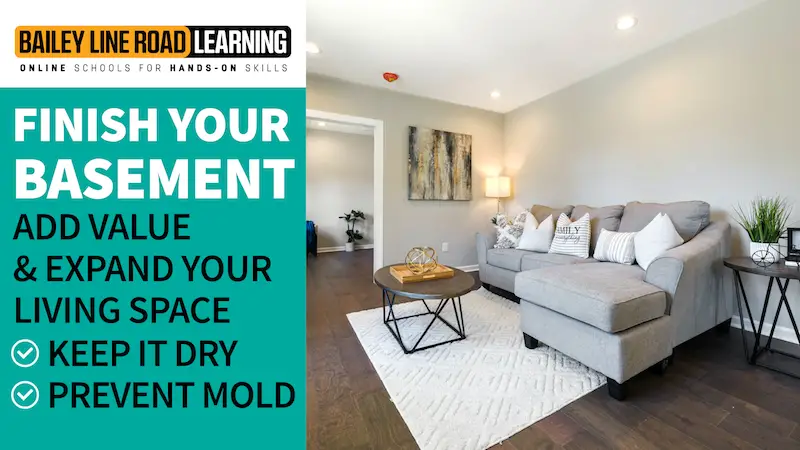Are you thinking of finishing or re-finishing your basement? That’s a great home improvement goal, but you need to do things differently than usual if you expect great results. Even professional contractors often get basement finishing details seriously wrong. I know because I hear many stories from distressed people who paid a lot to have their basement finished, only to find they’ve actually paid a ton of cash for a ton of trouble that can’t get fixed. It’s easy to spend $20,000+ and more finishing your basement and some go over $100k, so the stakes are pretty high.
The video below gives an overview of one best-practice basement strategy. Read on after the video to learn more about five unfixable basement mistakes that happen all too often. These and many other things are what I cover in my online course about optimal basement finishing.
- Reading Time = 6 1/2 minutes
- Video Watch Time = 6 minutes
Basement Mistake#1: Too Much Moisture

Even a little moisture can trigger big mold issues in a finished basement. The problem is, both homeowners and contractors can be over-eager to get busy with finishing work. This impatience often leads to a failure to observe a basement long enough to know that it does leak sometimes. This can take a while to know for sure, so don’t rush.
Always begin with a question: Is my basement reliably and completely dry all year round, year after year? No wishful thinking here, either. Just the facts, and be sure to give yourself time to gather them properly. More time is better. Every hole in the ground is dry during an August drought. The real test comes during a wet fall or rapid spring thaw.
The better way: Instead of hoping your basement really is as dry as it seems, observe your basement for at least a few years through all seasons to ensure there’s no leakage of liquid water through walls or floors. Liquid water isn’t the only moisture issue, either. Assess airborne moisture vapour migration into the basement with sheets of plastic taped over concrete. If water is moving into the basement as a vapour passing through the concrete or blocks (quite common), the plastic will let it show up as condensation.
++++++
Basement Mistake#2: Mold-Prone Exterior Walls

Most basement these days are finished with stud frame exterior walls and fiberglass or rockwool batts. This might be fine above ground when built properly, but fiber-insulated stud frame walls often encouragehidden mold growth and poor indoor air quality throughout the house. When you smell a musty basement, that’s a sign indoor air quality is being compromised. Even an unfinished basement that’s proven itself dry over time can still get wet in unexpected ways in the future. That’s why you should choose an exterior wall option that resists moisture and mold to as great an extent as possible.
The better way: Foam-based exterior basement wall insulation is more effective than fiber-based batts, and it’s not nearly as mold-prone in the event some moisture does come through someday. The very best basement wall systems combine foam with an air space behind.
++++++
Basement Mistake#3: Inadequate (or Non-Existant) Subfloors

If you install carpet and underlay directly on a concrete basement floor, two bad things can happen. First, you’ve got a perfect breeding ground for mold and mildew in the event moisture levels do rise within the carpet. And second, moisture will almost certainly develop within carpet pile during summer if there’s no vapour-impermeable subfloor in place.
The better way: Always install a subfloor system that puts no organic matter into contact with the floor. Wood, underlay or carpet must never touch the floor of a finished basement. Subfloors with dimpled plastic undersides are one option that does a lot to help feet feel warmer during winter and to prevent internal condensation from developing during humid months.
++++++
Basement Mistake#4: Inadequate Ventilation

It’s easy to forget that most basements don’t have a whole lot of openable window area. By the time you realize how stuffy your basement feels, it’s way past time to add things like quiet high-quality fans, a range hood or a full-blown heat recovery ventilator. With inadequate ventilation usually comes a lack of light, too.
The better way: Take the time to enlarge basement windows early in the finishing process, and consider adding an outside entrance to the basement with a door that has an openable window.
++++++
Basement Mistake#5: Ineffective Sound Resistance

In the rush to get a basement rec room project finished, soundproofing is often forgotten. That’s because it slows down progress at just the time when most people are too eager to want “lots happening”. The thing about sound resistance is that the better it is, the larger your home feels. It’s very difficult to boost sound insulation features after the fact, but easy to do during construction.
The better way: Take the time to install simple but effective features to boost sound resistance between walls and the ceiling that separates you from living space above. It’s easy and inexpensive to install resilient channel, double-drywall, acoustic batt insulation and other products during construction. Don’t let impatience get the better of you.
++++++
How to Finish a Basement Video Course & Project Coaching
This is one of my most popular online courses, and it’s also one that’s kept hundred of people out of serious trouble. If you’re planning to finish (or refinish) your basement, then this course will help you do things right. It’s useful whether you plan to do the work yourself or hire a contractor.

What You Get:
- lifetime access to the online version of the course – no time limits
- view the course any place you have internet access
- one-on-one online basement finishing coaching from me
Some of the things covered in the course include:
* why finishing a basement is a unique challenge that’s often done poorly
* understand how to avoid typical finished basement problems
* realize the four different sources of moisture that can ruin your finished basement & how to stop this moisture
* understand why fiberglass batts are a very poor (yet common) choice for insulating basement walls
* discover best practice methods for finishing basement walls, floors, partitions
* learn how to build a basement root cellar for storing fruits & vegetables
* understand optimal basement waterproofing, power, lighting, drainage and layout.
* get real-world tips for building a basement kitchen, bathroom & rental suite
* one-on-one coaching from me to help answer specific questions and review unique challenges with your particular basement project
When it comes to creating a warm, dry, healthful and inviting space downstairs in your basement, the possibilities are wide and inviting. The trick is getting the details right so you avoid mold, bad indoor air and a cold and uninviting place.
 Did you find this article useful? I hope so. Please consider helping me cover the cost of creating and publishing content like this. Click the “buy me a coffee” button below for a fast, safe and simple way to make a contribution. Thank you very much for helping to keep this website up and running.
Did you find this article useful? I hope so. Please consider helping me cover the cost of creating and publishing content like this. Click the “buy me a coffee” button below for a fast, safe and simple way to make a contribution. Thank you very much for helping to keep this website up and running.
– Steve Maxwell





